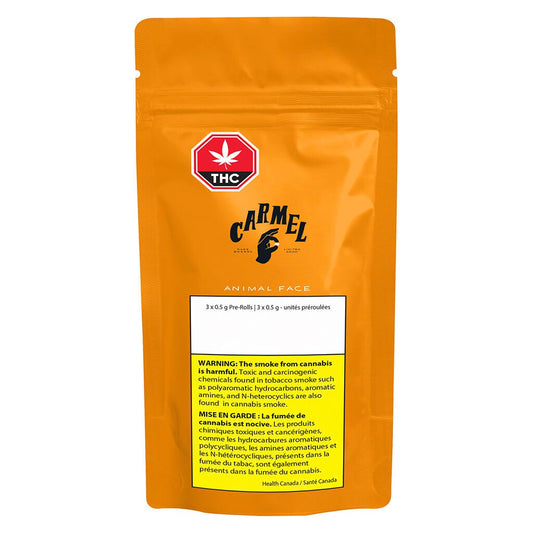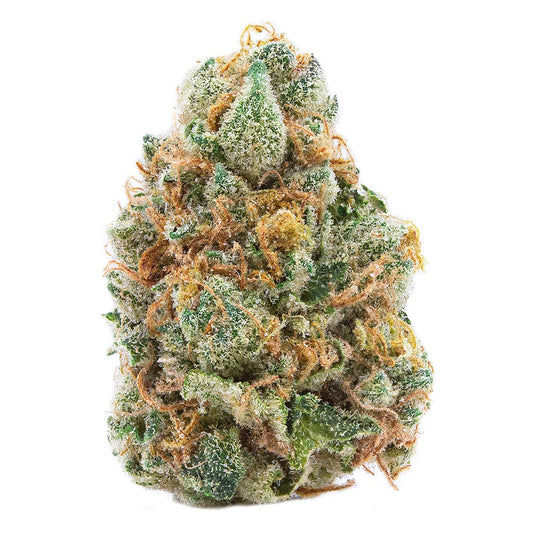There is pressure on the Canadian government right now for many issues that are hard for any logical thinking person to wrap their head around.
The economy, the banks, the water and wildfires are all depressing and debatable topics to say the least. However, one issue that’s a no-brainer for any common toker is raising the THC cap to packaging ratio for edibles and other THC products. The Ontario Cannabis Store (OCS) sent a position paper to Health Canada, urging the agency to not only adjust the THC limit governing cannabis edibles, but to address the cannabis industry’s “unsustainable” environmental footprint. Focusing particularly on the impact of regulated product packaging and single-use plastics, the OCS recommends hiking up the THC edibles cap from 10 mg to 50 mg at least. Well, that being one of the primary suggestions among many. This would allow each package to contain more product, causing less plastic waste and what not. “This also allows producers to achieve greater economies of scale to drive down costs'', according to the OCS, and the position paper identifies challenges from the government-owned wholesaler’s perspective. It offers suggestions for Health Canada to consider amid its ongoing and never-ending review of the country’s legal marijuana framework.

While more than one thousand companies are currently licensed to sell, distribute, or sell cannabis legally in Canada, many have failed and few have been profitable or successful.
Since marijuana was legalized in Canada back in 2018, the black market has continued to thrive by catering to customers who aren’t as happy with brick and mortar stores, legitimate industry, and cumbersome regulations. Some people feel like the THC quantities aren’t as advertised, the prices are too expensive, and some just don’t want to pay taxes for their herb.
The Competition Bureau also made some recommendations to Health Canada,
who are in the midst of updating the Cannabis Act, which are expected to be fully revised by early next year.n The Bureau outlined three main recommendations to help fix the industry, all of which claim it will boost consumer choice, foster innovation, and extinguish the black market. The first recommendation is that Health Canada considers adjusting the amount of THC that can be included in a serving of edible cannabis, as I mentioned earlier on. The second suggestion is to ease restrictions on cannabis promotion, packaging and labeling. This would allow all legal sellers to better inform consumers on the differences between products among other things. Currently, the rules stipulate that cannabis productions must be sold in mostly nondescript packaging, and even restricts the number of colors that can be on a package.
Last but not least, the final recommendation is to review the licensing process and regulatory compliance costs to ensure that these companies actually make money and are minimally intrusive to competition.
:format(webp)/https://www.thestar.com/content/dam/thestar/business/2023/02/01/a-glitch-in-the-gummy-grey-market/rl_gummies_09_main.jpg)
Niel Marotta, president and CEO of Indiva, a cannabis company based in Ontario, says these recommendations make a lot of sense and that he “agrees with all of them”. "We've ceded half to two-thirds of this market to the illicit market as a result of these potency limits, which, while perhaps well-intended, really have forced people to go back to the illicit market for the potency and price point that they want.” Current rules also stipulate that packages can't contain very many servings of cannabis, another thing that has harmed legal producers, he says. "The real cost inside a pack of edibles, as an example, is not cannabis — there's only about two cents worth of cannabis inside of a $5 or $10 edible pack," he said, noting that the majority of what consumers pay goes to cover packaging, materials and labor costs. "If we're allowed to increase the number of servings per package, this will dramatically lower the price per milligram. This will encourage people to stop going to the illicit market to buy products that contain a higher amount of milligrams and much lower prices. So what this will do is make the legal market more accessible to all Canadians and I think improve public safety dramatically.”


















